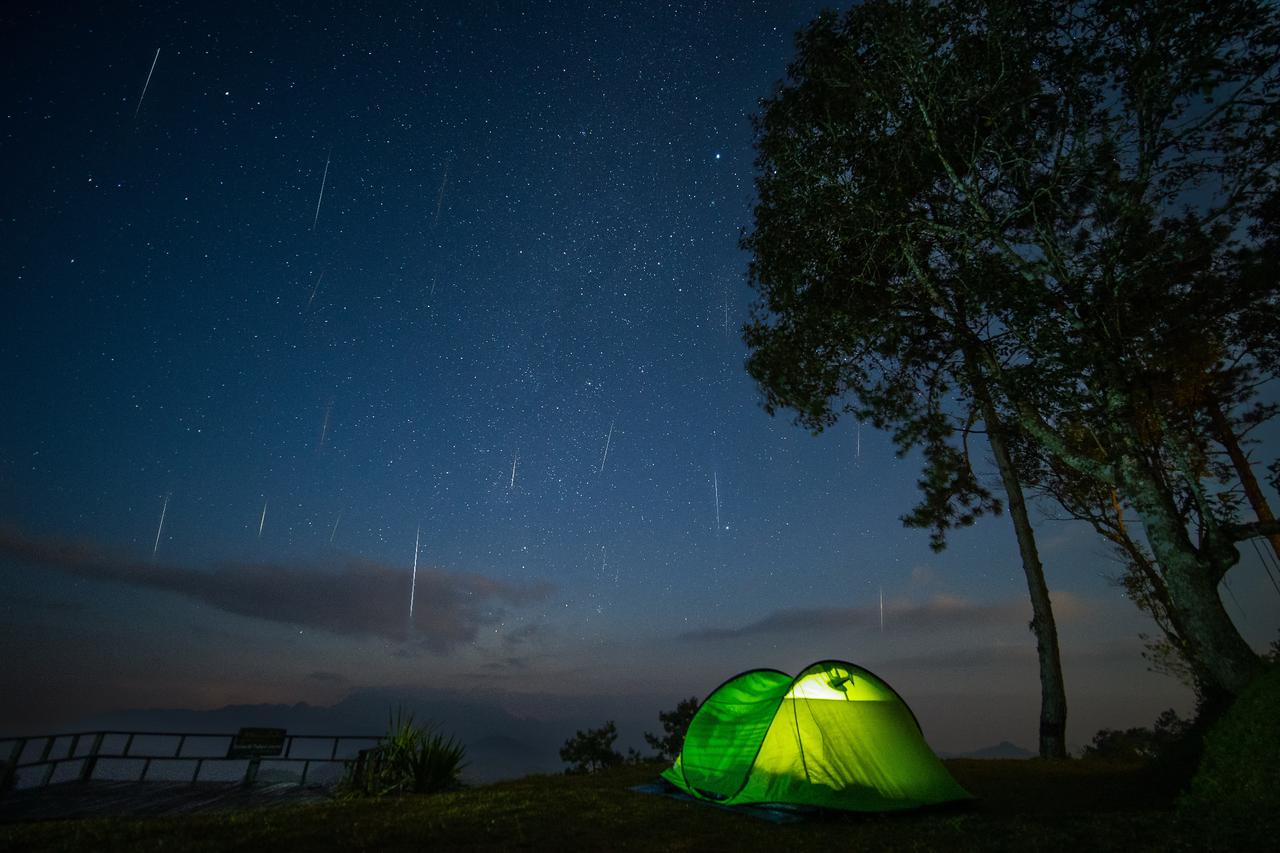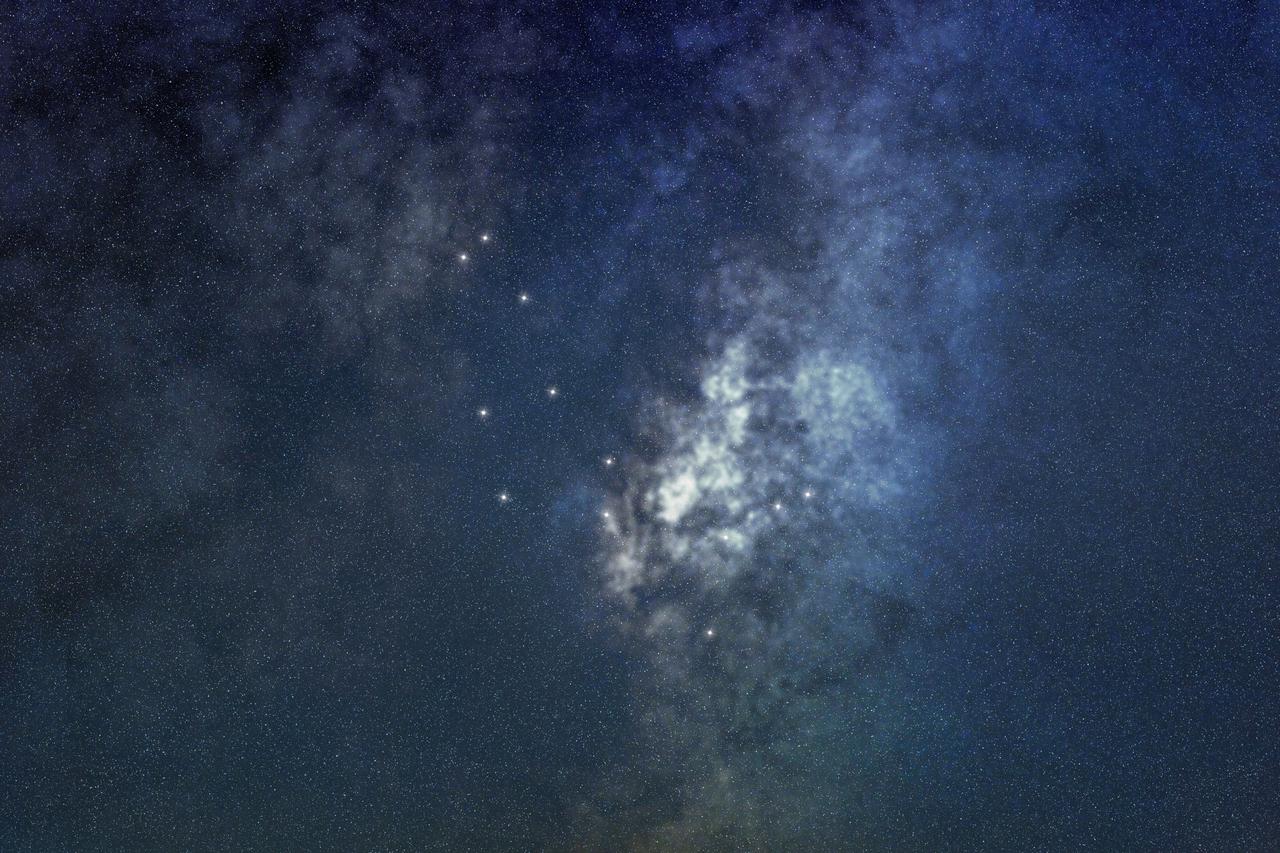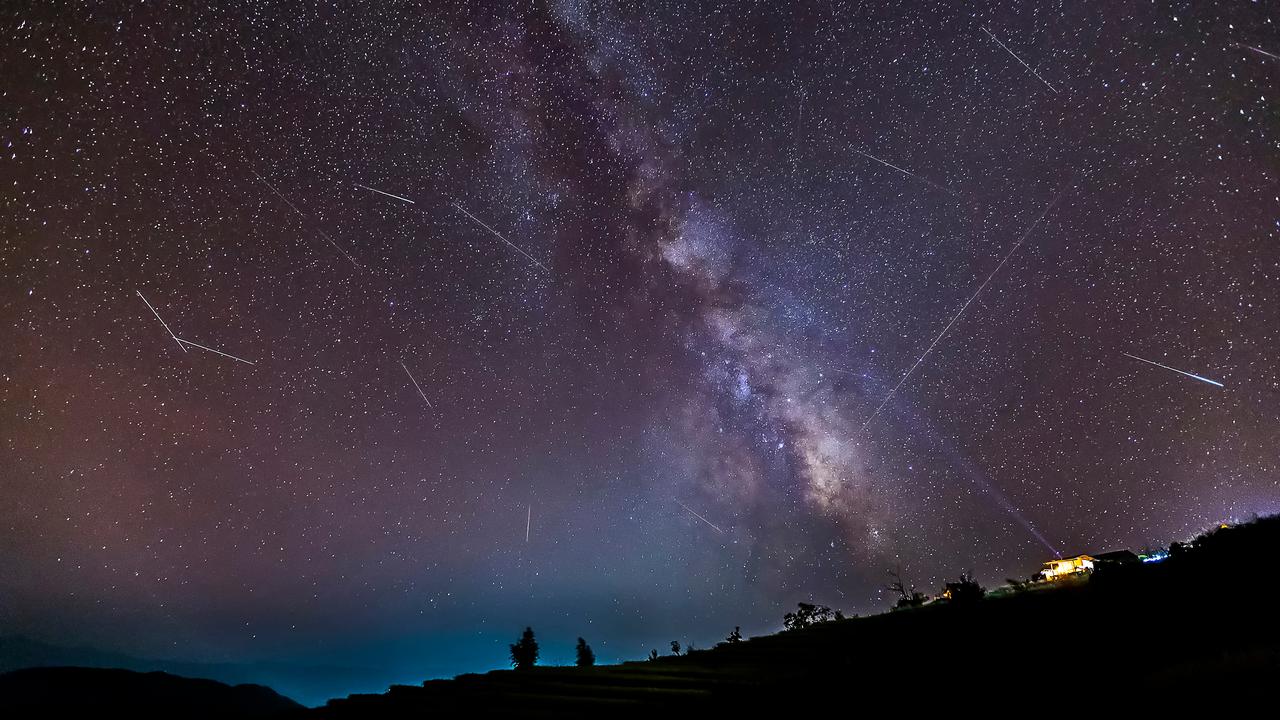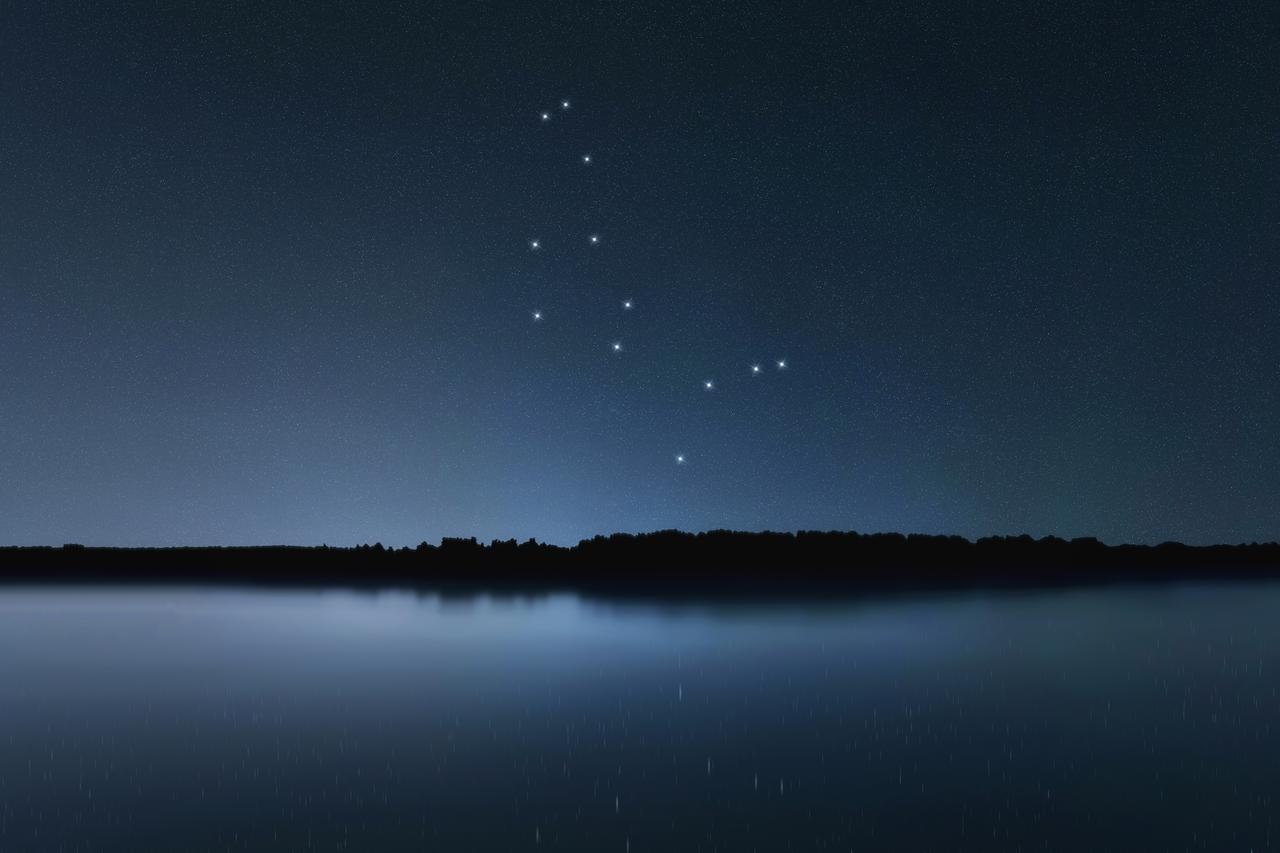
Skywatchers in Türkiye may be treated to a display of shooting stars on Friday night as the Bootid meteor shower reaches its peak.
The event coincides with warm summer evenings across the country, drawing interest from both locals and travelers eager to experience the night sky without needing specialized equipment.
Friday night offers a rare opportunity for tourists and expats to witness a natural light show, as long summer days give way to clear skies across many parts of Türkiye.
Although this annual event is known for its unpredictability, clear skies and minimal moonlight could make this year’s viewing conditions more favorable for those in the right location.

The Bootid meteor shower occurs every year in late June as Earth passes through debris left by comet 7P/Pons-Winnecke. This short-period comet orbits the sun every six years and leaves behind particles that burn up in Earth’s atmosphere, creating brief flashes of light known as meteors.
The Bootids are classified as a variable meteor shower. Some years produce only a few visible meteors per hour, while rare outbursts have reached up to 100. According to the American Meteor Society, this inconsistency means observers should expect modest activity, but weather and moon conditions this year may improve visibility.

The meteor shower is active from June 22 to July 2, with the peak expected on the night of Friday.
The best times to observe will be just after sunset and again before dawn. The radiant point of the shower is located in the constellation Bootes, which will be high in the western sky shortly after nightfall.
In Türkiye, the radiant remains above the horizon all night, with its highest point around 10 p.m. EEST. This makes the hours immediately after dusk ideal for viewing, especially in rural or coastal areas with low light pollution.
You do not need telescopes or binoculars to watch the Bootids. These tools restrict your field of vision. The best approach is to find a dark, open location and allow your eyes at least 20 minutes to adjust. Meteors are easiest to spot about 30 to 40 degrees away from the radiant, located between the bright star Arcturus and Alkaid, the end star of the Big Dipper’s handle.
Why this year’s conditions may help visibility of meteor shower in Türkiye
The Bootid peak falls just days after the new moon, which means minimal moonlight will interfere.
A thin crescent moon, only about 9% illuminated, will set early in the evening. This increases the likelihood of spotting even faint meteors in a clear sky.
Planet Mercury may also be visible below the crescent moon in the west-northwest shortly after sunset, offering an extra sight for those watching the sky.


These spots offer the darkest skies, the best natural settings, and open visibility, which makes them ideal for tourists and expats hoping to catch the meteor shower:
1. Cappadocia (Goreme and Red Valley) – Central Anatolia
2. Mount Ida (Kazdagi National Park) – Balikesir
3. Saklikent Canyon – Mugla Province
4. Lake Salda – Burdur Province
5. Datca Peninsula – Mugla Province
6. Termessos National Park – Antalya
7. Tuz Golu (Salt Lake) – Central Anatolia
8. Mount Nemrut – Adiyaman Province
The Bootid meteor shower is not always a major event, but it is one of the easiest to view. With clear skies, low moonlight, and wide visibility across Türkiye, it offers a simple yet memorable way to connect with the night sky.
Even if only a few meteors streak across the sky, the peaceful atmosphere and starry backdrop in Türkiye’s open landscapes are worth the wait.